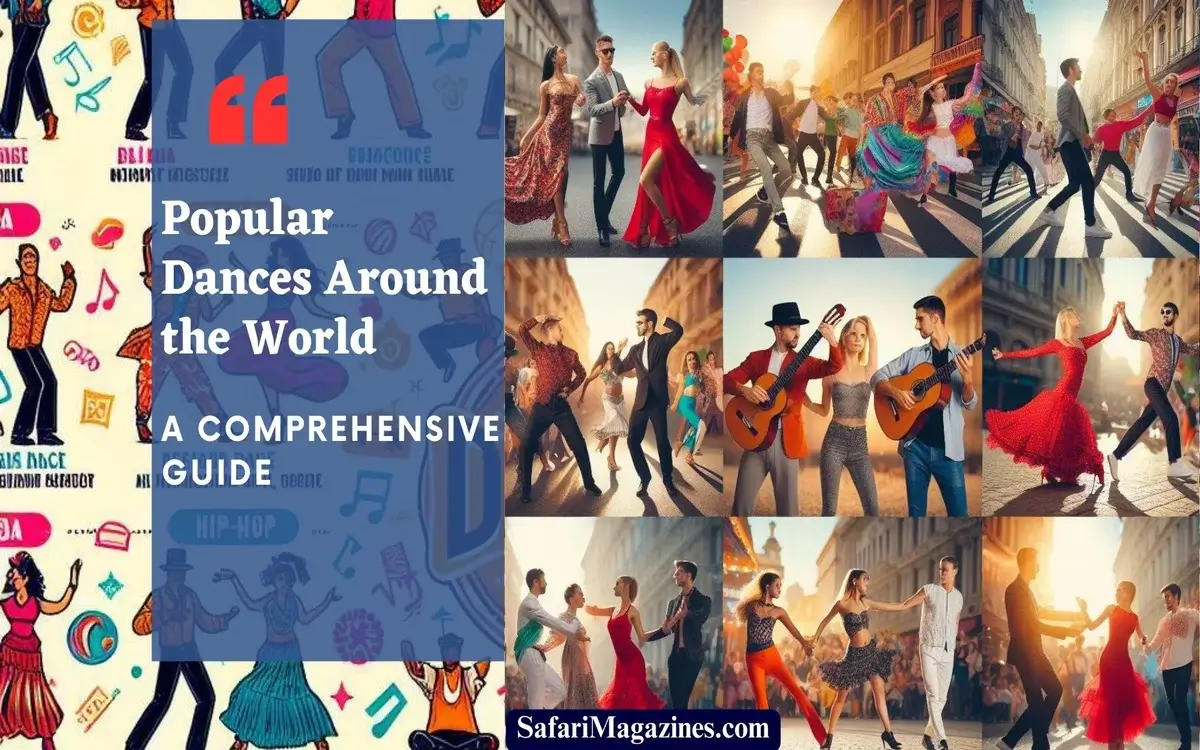
Popular Dances Around the World A Comprehensive Guide. Dance, the universal language of expression, transcends borders and connects people across cultures. From the sensuous rhythms of Salsa to the graceful movements of Hula, an array of popular dances adorns the world, reflecting the rich tapestry of human creativity and tradition.
Table of Contents
ToggleThe Most Popular Dances Worldwide
Salsa: The Sensuous Rhythm of Latin America
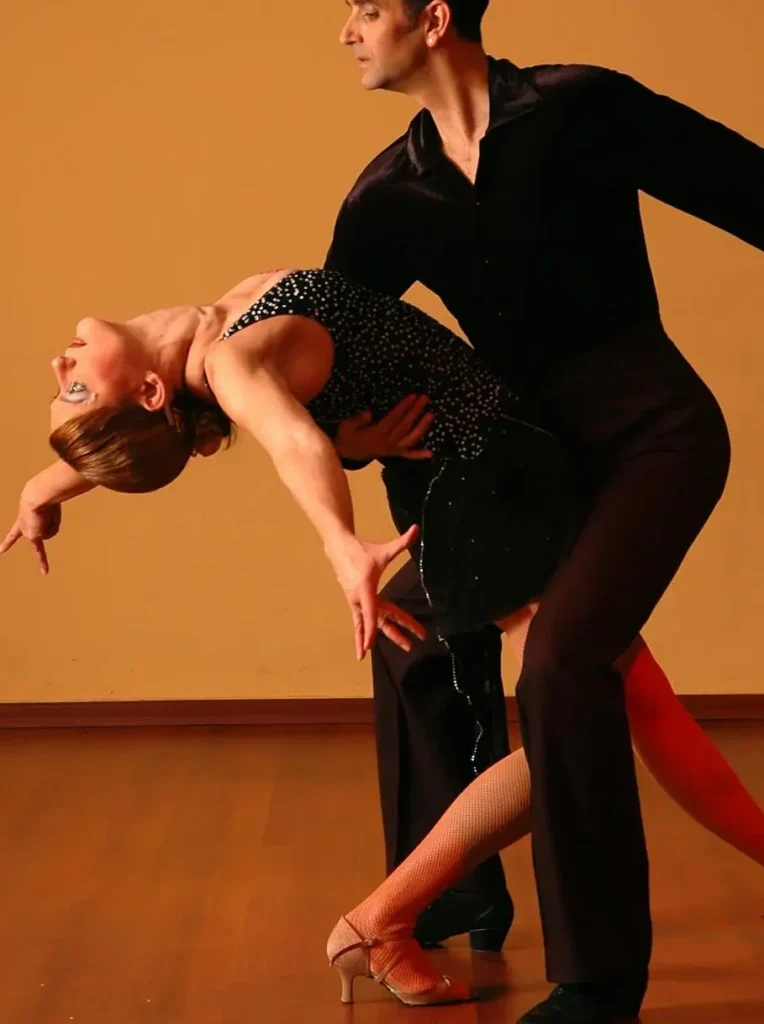
Originating in the Caribbean, Salsa is a vibrant dance form that embodies the passion and energy of Latin American culture. With its infectious beats and intricate footwork, Salsa has captivated dancers and enthusiasts worldwide. Whether in the bustling clubs of New York City or the sunny streets of Havana, the allure of Salsa is undeniable.
Bollywood Dance: The Vibrant Expression of Indian Cinema
Bollywood dance, a fusion of classical Indian dance styles with modern influences, serves as a visual spectacle in Indian cinema. From the colorful costumes to the exuberant choreography, Bollywood dance numbers have become synonymous with entertainment. So, beyond the silver screen, Bollywood dance has gained popularity on global stages, captivating audiences with its infectious enthusiasm.
Irish Step Dancing: The Traditional Gaelic Heritage and Popular Dance
Rooted in Ireland’s rich cultural heritage, Irish Step Dancing showcases intricate footwork and spirited rhythms. With origins dating back centuries, this traditional dance form celebrates the resilience and spirit of the Irish people. So, from local competitions to international festivals, Irish Step Dancing continues to enchant audiences with its grace and vitality.
Hip-Hop: The Urban Beat of Street Culture
Emerging from the streets of New York City, Hip-Hop culture has left an indelible mark on the world of music and dance. Characterized by its dynamic movements and improvisational style, Hip-Hop dance reflects the creativity and resilience of urban communities. So, from underground dance battles to mainstream media, Hip-Hop has evolved into a global phenomenon. It’s inspiring generations of artists and enthusiasts.
Flamenco: The Popular and Passionate Dance of Spain
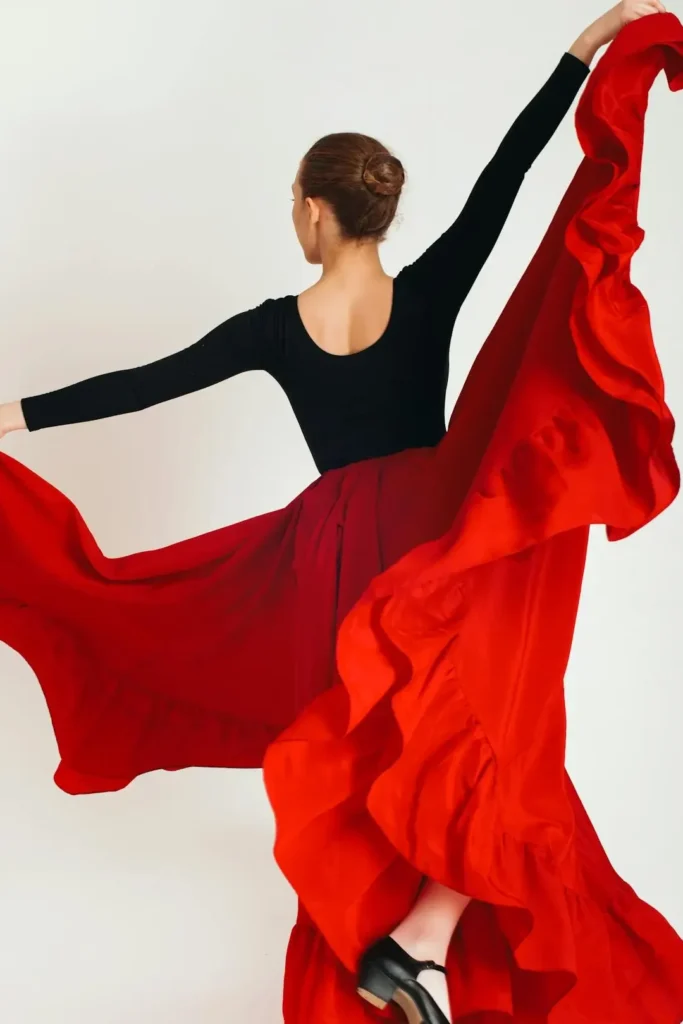
Originating from the Andalusian region of Spain, Flamenco is a powerful and emotive art form that captivates audiences with its expressive movements and soulful melodies. Rooted in Spanish history and culture, Flamenco embodies the passion and resilience of the human spirit. Whether performed in intimate venues or grand theaters, Flamenco continues to mesmerize audiences with its raw emotion and virtuosity.
Continue reading: Popular Dances Around the World: A Comprehensive Guide
Breakdancing: The Athletic Art of B-Boys and B-Girls
Born from the streets of New York City in the 1970s, Breakdancing, or B-Boying/B-Girling, is a dynamic and acrobatic dance form that pushes the boundaries of physicality and creativity. Breakdancing, originating from Hip-Hop culture, has become a worldwide sensation, with competitions and events held all over the world. Known for its athleticism and creativity. For example, Breakdancing has now become an Olympic sport, reinforcing its position as a prominent global cultural phenomenon.
Tango: The Seductive Dance of Argentina
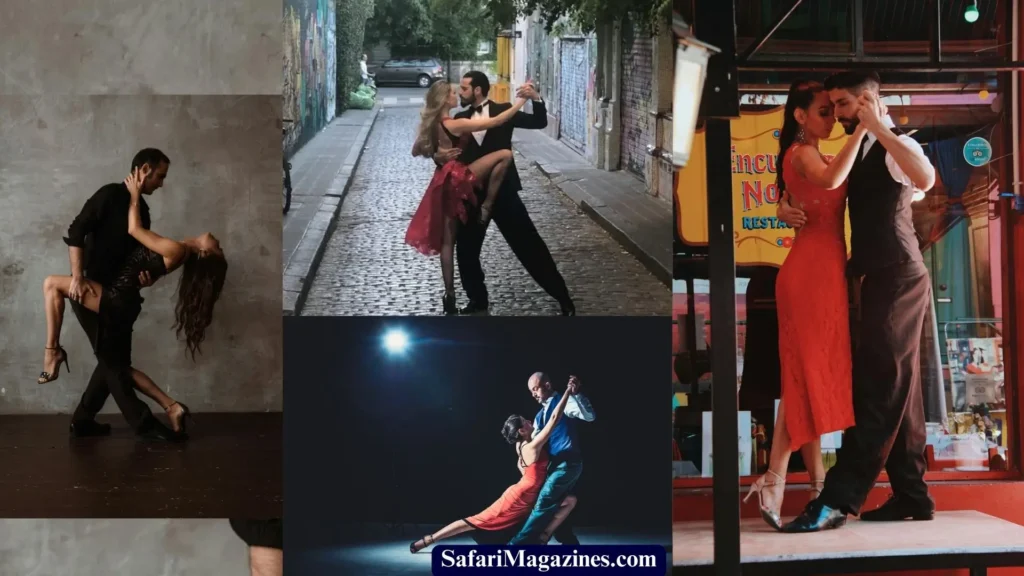
Originating from the working-class neighborhoods of Buenos Aires, Tango is a passionate and sensual dance form. It truly captures the essence of Argentine culture. With its intricate footwork and intimate embrace, Tango tells a story of love, longing, and desire. So, from the dimly lit milongas of Argentina to the grand ballrooms of Europe, Tango has enraptured audiences with its elegance and allure.
Hula: The Graceful Dance of Hawaii and Famous Dance
Steeped in the traditions of Polynesian culture, Hula is a graceful and expressive dance form that celebrates the natural beauty and spirituality of Hawaii. With its gentle swaying movements and rhythmic chants, Hula tells stories of ancient legends and modern-day experiences. Whether performed at traditional ceremonies or contemporary luaus, Hula continues to embody the essence of Hawaiian identity and pride.
Continue reading: Popular Dances Around the World: A Comprehensive Guide
Line Dancing: The Social Phenomenon
Line Dancing is a beloved social activity that originated from traditional folk dances. It has evolved into a global phenomenon characterized by synchronized movements and infectious rhythms. So, Line Dancing unites individuals in a spirit of friendship and happiness at various events like weddings, parties, and community gatherings. With its simplicity and inclusivity, Line Dancing continues to unite people of all ages and backgrounds in celebration.
Capoeira: The Martial Art in Dance Form
Originating from Brazil, Capoeira combines elements of martial arts, dance, and music. For example, with its acrobatic movements and rhythmic exchanges, Capoeira reflects the resilience and cultural heritage of Afro-Brazilian communities.
Kathak: The Classical Dance of India

Kathak, one of the eight classical dance forms of India, originated in the northern regions of the Indian subcontinent. Known for its intricate footwork, expressive gestures, and storytelling, Kathak embodies the grace and elegance of Indian classical dance.
Continue reading: Popular Dances Around the World: A Comprehensive Guide
Krumping: The Raw Expression of Urban Dance
In the streets of Los Angeles, Krumping emerges as a high-energy dance style known for its aggressive movements and theatricality. Rooted in urban culture, Krumping serves as a form of self-expression and empowerment for its practitioners.
Ballet: The Timeless Elegance of Classical Dance
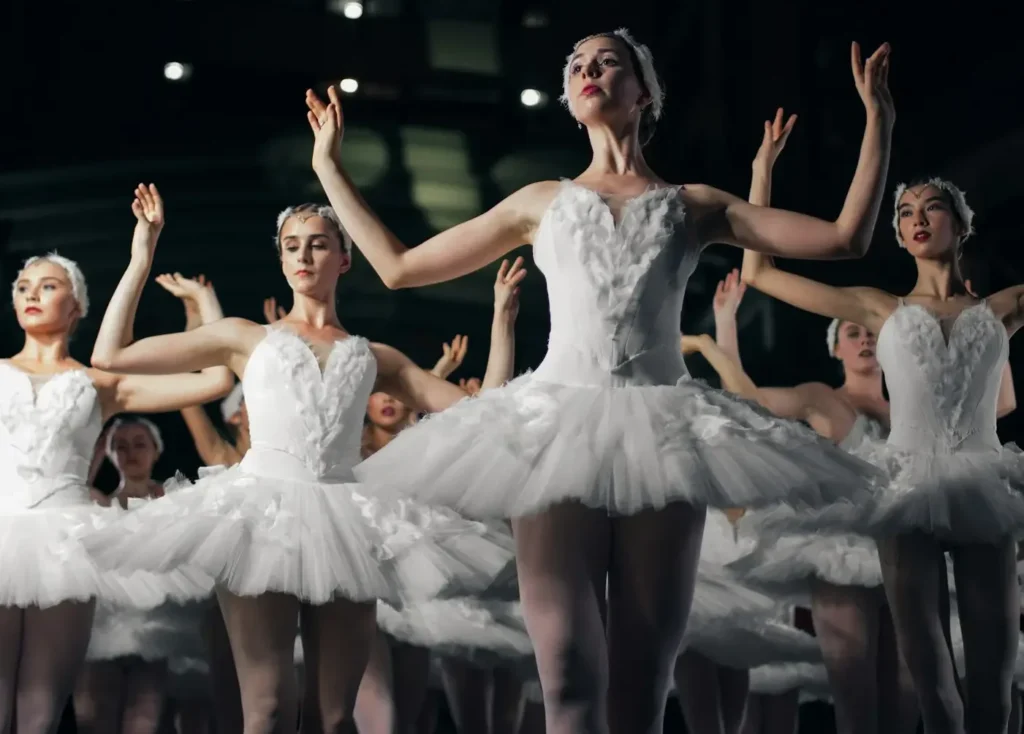
Ballet, with its origins in the Italian Renaissance courts, has evolved into a highly technical and disciplined dance form. Known for its graceful movements, intricate footwork, and elaborate costumes. So, Ballet continues to enchant audiences with its timeless beauty and sophistication.
Bhangra: The Lively Dance of Punjab
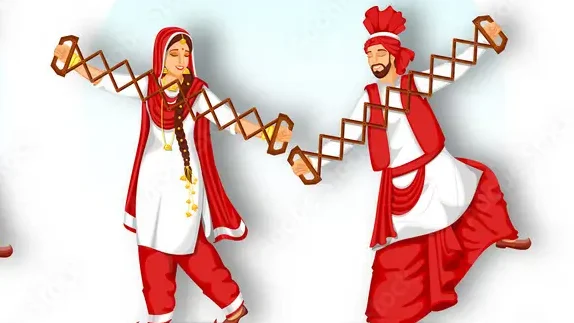
Originating from the Punjab region of India and Pakistan, Bhangra is a vibrant and energetic dance form that celebrates the harvest season and community festivities. For example, with its lively rhythms and exuberant movements, Bhangra has gained popularity on a global scale, transcending cultural boundaries.
Continue reading: Popular Dances Around the World: A Comprehensive Guide
Samba: The Joyful Dance of Brazil
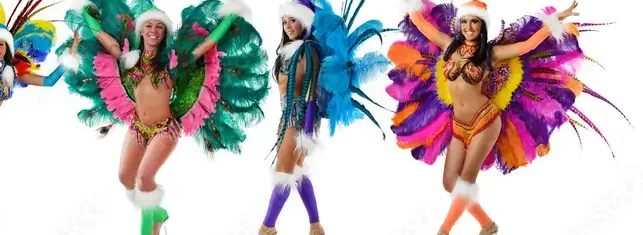
Samba, Brazil’s national dance, is a lively and rhythmic expression of Brazilian culture and identity. It’s originating from Afro-Brazilian communities. For example, Samba’s infectious beats, hip movements, and colorful costumes make it a symbol of joy and celebration, representing the dance itself.
Tap Dance: The Percussive Art of Rhythm
Tap Dance originated from African-American history and culture. It involves using metal-tipped shoes to make rhythmic sounds. It started in minstrel shows and vaudeville, but has grown into a highly respected and influential art form.
Cha-cha-cha: The Romantic Dance of Cuba
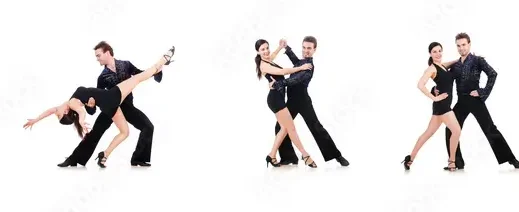
The lively and flirty dance form known as “cha-cha-cha” has its origins in Cuba . This dance is characterized by its synchronized rhythms and light movements. Cha-cha-cha is originating from Havana’s music and dance clubs. It has become popular around the world due to its infectious energy and sensual charm.
Continue reading: Popular Dances Around the World: A Comprehensive Guide
Butoh: The Avant-garde Dance of Japan
Butoh, a modern dance style that emerged in Japan after World War II, expresses movement in innovative and unconventional ways. Often referred to as the “dance of darkness,” Butoh delves into deep subjects like existentialism, change, and the human experience.
Clogging: The Traditional Dance of Appalachia
Clogging, originating from the Appalachian region of the United States, is a percussive dance style characterized by its rhythmic footwork and lively movements. Due to it’s Rooted in European folk traditions, Clogging celebrates the cultural heritage of the American South with its energetic and spirited performances.
Popping and Locking: The Funky Dance of Street Culture
Popping and Locking, originating from the streets of Los Angeles in the 1970s, is a funk-based dance style characterized by its rhythmic contractions, isolations, and robotic movements. So, with its roots in African-American culture, Popping and Locking has influenced the development of Hip-Hop dance and music.
Tahitian Dance: The Exotic Dance of French Polynesia
Tahitian Dance, also known as Ori Tahiti, is a vibrant and expressive dance form that originated from the islands of French Polynesia. Characterized by its rapid hip movements, intricate hand gestures, and elaborate costumes, Tahitian Dance reflects the beauty and spirit of Polynesian culture.
Swing Dance: The Joyful Dance of Jazz
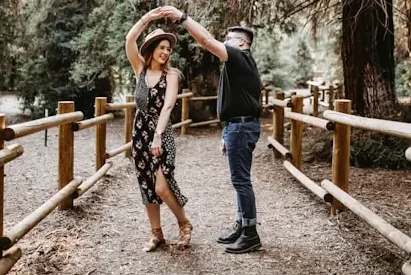
Swing Dance, originating from the jazz clubs of Harlem in the 1920s, is a lively and improvisational dance style characterized by its dynamic movements and syncopated rhythms. With its roots in African-American culture, Swing dancing is still quite popular in social dance circles all over the world.
Continue reading: Popular Dances Around the World: A Comprehensive Guide
Bharatanatyam: The Ancient Dance of South India
Bharatanatyam, one of the oldest classical dance forms of India, originated in the temples of South India. So, Bharatanatyam is revered for its spiritual and artistic significance, known for its precise footwork, intricate gestures, and expressive storytelling.
Sufi Whirling: The Mystical Dance of Whirling Dervishes
Sufi Whirling, practiced by the Mevlevi Order of Sufism, is a mystical and meditative dance form that involves spinning in circles as a form of prayer and devotion. So, with its origins in Turkey, Sufi Whirling serves as a spiritual practice that seeks to attain a state of ecstasy and union with the divine.
Merengue: The Lively Dance of the Dominican Republic
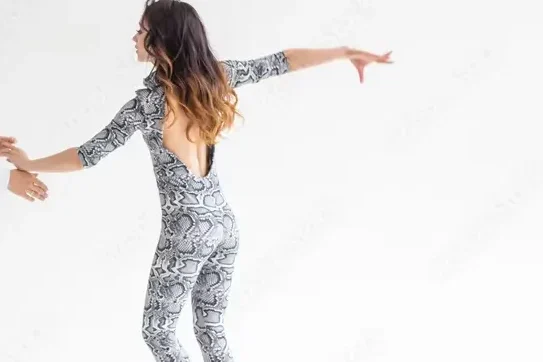
Merengue, originating from the Dominican Republic, is a lively and rhythmic dance style characterized by its quick steps and hip movements. So, with its infectious beats and playful energy, Merengue is a staple at parties and celebrations throughout the Caribbean and beyond.
Cumbia: The Folk Dance of Colombia
Cumbia, originating from Colombia, is a traditional folk dance. It’s infectious rhythms and graceful movements define it. So, with its roots in indigenous, African, and Spanish cultures, Cumbia reflects the rich cultural heritage of Colombia’s coastal regions.
Jazz Dance: The Syncopated Rhythm of American Music
Jazz Dance is a lively and expressive style of dance that is influenced by African-American music and culture. It is known for its improvisational nature and syncopated rhythms. For example, originating from the jazz clubs of New Orleans and Harlem, Jazz Dance constantly adapts and innovates to reflect modern music and social trends.
Continue reading: Popular Dances Around the World: A Comprehensive Guide
Fandango: The Spirited Dance of Spain
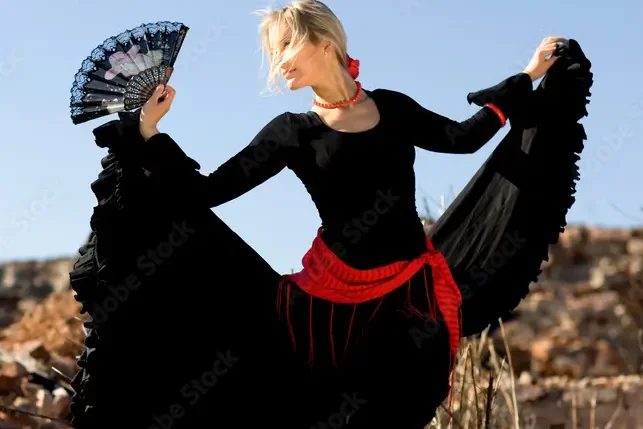
Fandango, originating from Spain, is a spirited and lively dance style characterized by its fast footwork and passionate movements. So, with its origins in Andalusian folk traditions, Fandango is often accompanied by guitars and castanets, creating a festive atmosphere filled with joy and celebration.
Hiphop Dance: The Urban Expression of Rhythm
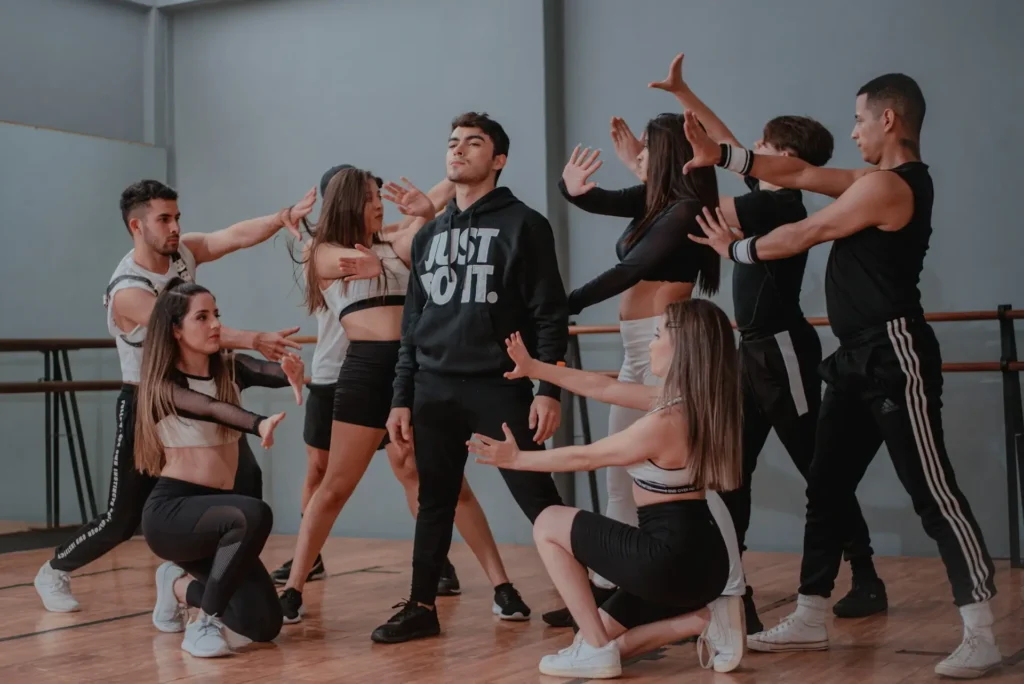
Hiphop Dance, an integral part of Hiphop culture, is a dynamic and expressive dance style characterized by its urban movements and improvisational techniques. For example, with its roots in African-American and Latino communities, Hiphop Dance encompasses a wide range of styles, from breaking and locking to popping and krumping, reflecting the diversity and creativity of urban youth culture.
Reggaeton: The Latin Urban Dance Sensation
Reggaeton, originating from Puerto Rico, is a popular urban dance style. Its blend of reggae, dancehall, and Latin rhythms distinguish it. So, with its infectious beats and suggestive movements, Reggaeton has become a global phenomenon, dominating dance floors and airwaves worldwide.
Swan Lake: The Classic Ballet Masterpiece
Swan Lake is a classic ballet created by Pyotr Ilyich Tchaikovsky. It narrates the tale of Odette, a princess who is transformed into a swan, and Prince Siegfried, who falls deeply in love with her. For example, Swan Lake remains one of the most beloved and enduring works in the ballet repertoire. Because of its hauntingly beautiful score and exquisite choreography
Continue reading: Popular Dances Around the World: A Comprehensive Guide
Jive: The Energetic Dance of Swing
Jive, a lively and energetic dance style, is a variation of Swing Dance characterized by its fast-paced movements and syncopated rhythms. With its origins in African-American and European dance traditions, Jive became popular in the United States during the Swing Era of the 1930s and 1940s and continues to be a favorite at social dance events and competitions.
Tahitian Otea: The Traditional Dance of Tahiti
Tahitian Otea, also known as the Tahitian Fast Dance, is a traditional dance style from French Polynesia characterized by its rapid hip movements and dynamic footwork. With its origins in ancient Polynesian rituals and ceremonies, Tahitian Otea celebrates the strength, beauty, and spirit of the Tahitian people.
Bachata: The Romantic Dance of the Dominican Republic
Bachata, originating from the Dominican Republic, is a sensual and romantic dance style characterized by its close embrace and rhythmic hip movements. For example, with its roots in rural Dominican music and culture, Bachata has evolved into a popular dance form enjoyed by people around the world for its passionate expression of love and longing.
Mambo: The Cuban Dance Sensation
Mambo, originating from Cuba, is a lively and rhythmic dance style characterized by its syncopated movements and energetic footwork. Its originating from Afro-Cuban music and dance. So, Mambo became widely loved in the 1940s and 1950s, and being a popular choice at dance venues around the world.
Continue reading: Popular Dances Around the World: A Comprehensive Guide
Twerking: The Contemporary Dance Phenomenon
Twerking, a modern dance style characterized by rhythmic hip movements and bouncing motions, originated from African-American and New Orleans bounce music culture. Due to its enormous popularity in mainstream media and social media platforms, Twerking has become a global dance sensation, sparking discussions about cultural appropriation and female empowerment.
Sardana: The Catalan Circle Dance
Sardana, originating from Catalonia, Spain, is a traditional circle dance characterized by its elegant movements and synchronized steps. Dating back to the 16th century, Sardana is a significant representation of Catalan culture and togetherness. So, it is frequently showcased at festivals, celebrations, and cultural gatherings across the region.
Waacking: The Disco-inspired Dance Style
Waacking, originating from the underground dance clubs of Los Angeles in the 1970s, is a disco-inspired dance style characterized by its fluid arm movements and expressive poses. For example, with its roots in African-American and LGBTQ+ communities, Waacking is celebrated for its freedom of expression and individuality, often performed to the pulsating beats of disco and funk music.
Continue reading: Popular Dances Around the World: A Comprehensive Guide
Kabuki Dance: The Theatrical Dance Drama of Japan
Kabuki Dance, a traditional Japanese dance form, is characterized by its elaborate costumes, stylized movements, and dramatic storytelling. For example, with its origins in the Kabuki theater tradition, Kabuki Dance combines elements of dance, music, and theater to create captivating performances that transport audiences to the world of ancient Japan.
Hora: The Traditional Circle Dance of Israel
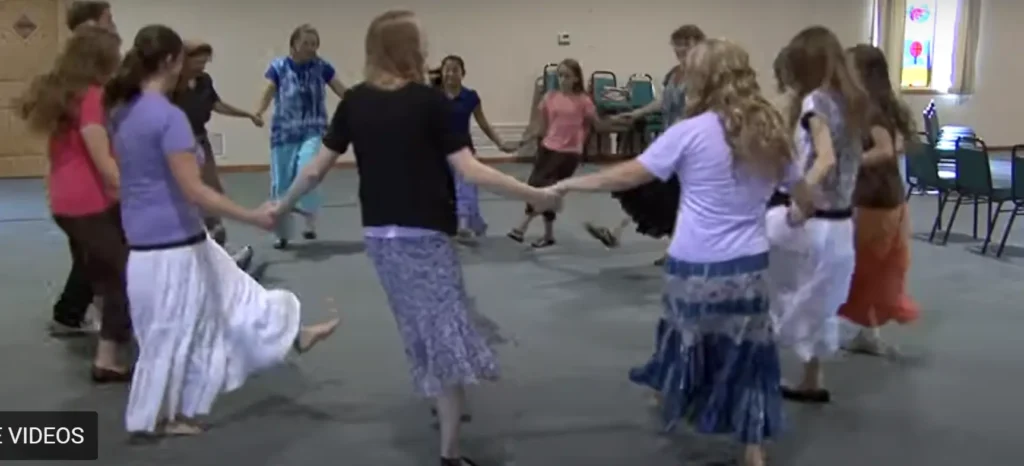
Hora is a traditional circle dance that comes from Israel. It is known for its lively music and joyful movements. Hora is often performed at weddings, festivals, and other happy events. So, it represents unity and community spirit, bringing people together to celebrate and have fun.
Pole Dancing: The Athletic Art Form
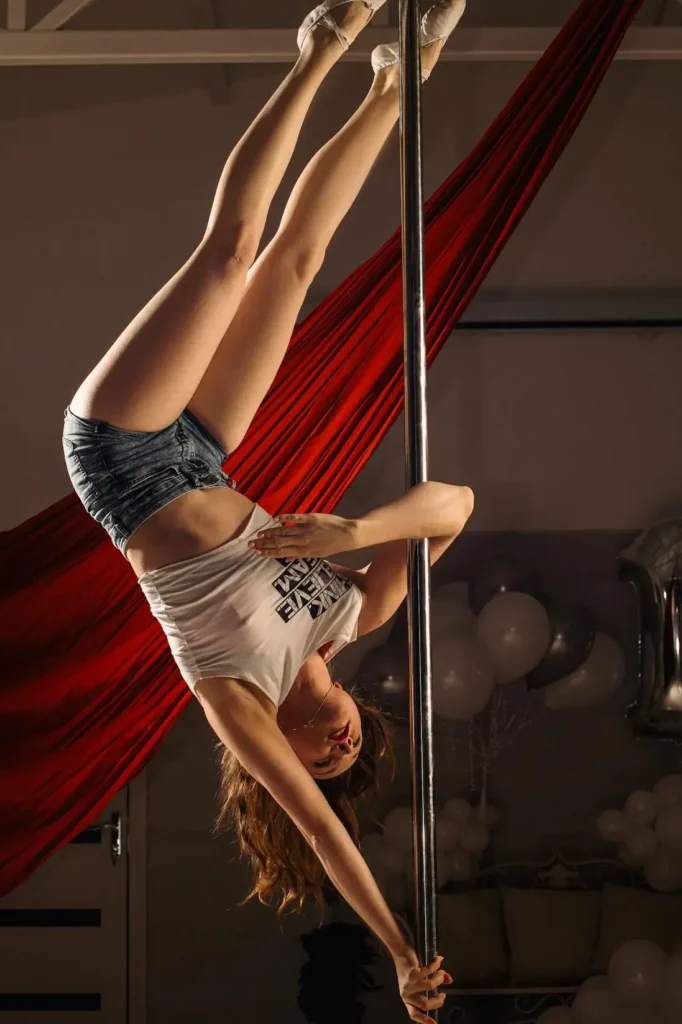
Once mostly connected to strip clubs, Pole Dancing has become a well-liked way to express one’s artistic side as well as fitness. Characterized by its acrobatic movements and strength-based poses, Pole Dancing combines elements of dance, gymnastics, and strength training to create a dynamic and empowering workout experience for practitioners of all levels.
Malay Zapin: The Traditional Dance of Malaysia
Malay Zapin is a traditional dance from Malaysia known for its elegant movements and rhythmic percussion. It has its roots in Islamic culture and Malay folklore, and is commonly showcased at religious ceremonies, weddings, and cultural gatherings. So, Malay Zapin holds great significance as it represents the rich heritage and identity of the Malay people.
Lindy Hop: The Swing Dance Revival
Lindy Hop, originating from the African-American communities of Harlem in the 1920s, is a vibrant and energetic swing dance characterized by its improvisational style and playful interactions between partners. Because of its roots are in social dancing and jazz music. It has returned in recent years and is still well-liked in dance communities across the globe.
Continue reading: Popular Dances Around the World: A Comprehensive Guide
Cultural Exchange and Fusion in Dance
In an increasingly interconnected world, dance serves as a medium for cultural exchange and collaboration. So, from fusion dance styles that blend traditions from different cultures to cross-cultural collaborations that bridge continents. Dance reflects the diversity and interconnectedness of our global society. So, dancing transcends boundaries and promotes understanding among individuals from diverse backgrounds via shared experiences and mutual respect.
The Role of Technology in Popularizing Dances
Advancements in technology have played a significant role in popularizing dances around the world. Social media platforms, such as TikTok and Instagram, have become breeding grounds for viral dance challenges. So, it’s allowing users to share their creativity with millions of people globally. For example, online tutorials and instructional videos have made learning new dance styles more accessible. It’s empowering individuals to explore and express themselves through movement.
Challenges and Controversies in Popular Dances
Despite its universal appeal, dance is not without its challenges and controversies. Issues of cultural appropriation, gender representation, and commercialization often plague popular dance forms, raising questions about authenticity and respect. So, it is crucial for communities to handle these challenges with care and honesty as they preserve dance traditions. This way, dance can continue to inspire and bring joy to future generations.
Continue reading: Popular Dances Around the World: A Comprehensive Guide
The Future of Popular Dances Around The World
As we look to the future, the landscape of popular dances will keep changing and become more diverse. New styles and combinations will influence the dance scenes of tomorrow, reflecting the constantly changing dynamics of our global society. Nevertheless, amidst these transformations, it is important to preserve the true essence and cultural significance of dance traditions. This will ensure that they stay lively and meaningful in an increasingly interconnected world.
Related topics:
- Global Rhythms: Exploring Cultural Dances Around the World
- Discovering the Food Festivals Around the World: A Culinary Adventure Awaits
- Unusual Wedding Traditions Around the World: Explore the Weird Ceremonies
- Traditional Clothing Around the World: Discover Popular Clothes
Summary of Popular Dances Worldwide
In conclusion, Dance is a universal language that connects people from different cultures and backgrounds. Whether in New York City or Hawaii, the power of movement brings us together in ways that words cannot. Let’s honor the variety of dance styles seen throughout the world and never forget the power of dance to uplift and inspire others.
FAQs About Popular Dances Around The World
Q1: What makes a dance form popular worldwide?
A1: A dance form’s popularity often stems from its ability to resonate with people on a universal level, whether through its emotive qualities, infectious rhythms, or cultural significance.
Q2: How do cultural exchanges influence dance?
A2: Cultural exchanges enrich dance by introducing new styles, movements, and perspectives, enhancing creativity and innovation within the global dance community.
Q3: Are there any ethical considerations in popularizing dances from different cultures?
A3: Yes, it’s essential to approach the popularization of dances from different cultures with respect, understanding, and sensitivity to avoid issues of cultural appropriation or misrepresentation.
Q4: What role does technology play in the dissemination of dance?
A4: Technology has democratized access to dance by providing platforms for sharing, learning, and collaboration, enabling dancers worldwide to connect and engage with each other.
Q5: How can individuals contribute to preserving traditional dance forms?
A5: Individuals can contribute to preserving traditional dance forms by participating in cultural events, supporting local dance communities, and educating themselves and others about the history and significance of these dances.
